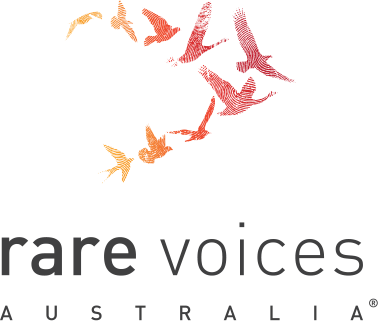What Is A Rare Disease?
A disease is considered rare if it affects fewer than, or equal to, 5 in 10, 000 people.1 Approximately 8 per cent of Australians live with a rare disease.1 Extrapolated to an Australian population of over 26 million people2 this equates to around 2 million Australians.
There are at least 7, 000 known rare diseases, and new diseases are being discovered regularly. Eighty per cent of rare diseases are of genetic origin.1,3 Types of non-genetic rare diseases include rare infectious diseases, rare autoimmune diseases and rare cancers.1,4
A disease may be considered rare in one region of the world but not in another. Current knowledge and data of rare diseases in Australia are too limited to make these distinctions.
People living with a rare disease face common challenges, including difficulty obtaining an accurate diagnosis, lack of treatment options and inadequate, fragmented care.1,4 Rare diseases, like many other chronic diseases, are often serious and progressive. They typically display a high level of symptom complexity and thus are a significant cause of ongoing health and psycho-social challenges. It has been reported that fewer than 5 per cent of rare diseases have an effective treatment.5 Improving quality of life and extending life expectancy of people living with a rare disease relies on appropriate treatment and care.1
This A-Z list of rare diseases includes those considered rare at the time they were added. As global and local statistics improve, some diseases that were previously considered rare may no longer meet the prevalence criteria of 5 in 10, 000 people. These diseases will remain on this list, but they will be flagged as ‘no longer considered rare’.
References
- Commonwealth of Australia. Department of Health. National Strategic Action Plan for Rare Diseases. Canberra; 2020. 63 p. Available From: https://www.health.gov.au/sites/default/files/documents/2020/03/national-strategic-action-plan-for-rare-diseases.pdf
- Australian Bureau of Statistics. National, state and territory population: Statistics about the population and components of change (births, deaths, migration) for Australia and its states and territories (reference period: September 2022) [Internet]. 2023. Available from: https://www.abs.gov.au/ausstats/[email protected]/mf/3101.0
- Commonwealth of Australia. Department of Health and Aged Care. What we’re doing about rare diseases. Accessed 18 May 2023. https://www.health.gov.au/topics/chronic-conditions/what-were-doing-about-chronic-conditions/what-were-doing-about-rare-diseases
- Orphanet. About Rare Diseases. Accessed 18 May 2023. https://www.orpha.net/consor/cgi-bin/Education_AboutRareDiseases.php?lng=EN
- Kaufmann P, Pariser AR, Austin C. From scientific discovery to treatments for rare diseases – the view from the National Center for Advancing Translational Sciences – Office of Rare Diseases Research. Orphanet J. Rare Dis. [Internet]. 2018;13(1):196. Available from: https://doi.org/10.1186/s13023-018-0936-x
